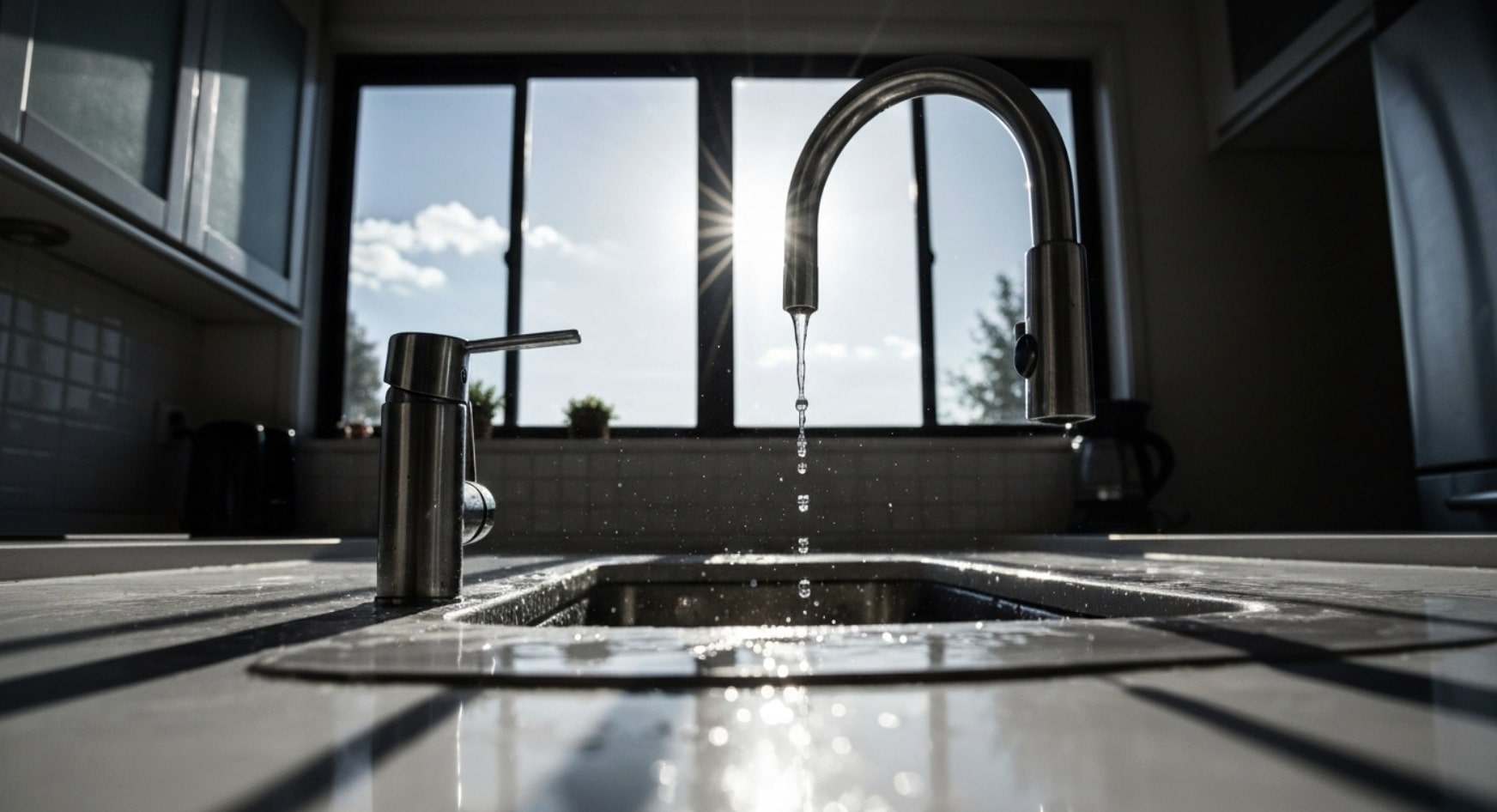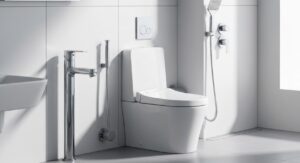When dealing with a dripping tap or a handle that won’t turn quite right, homeowners often face a common dilemma: replace vs repair faulty faucet. While a simple fix might seem like the easiest solution, sometimes replacing the faucet altogether can save more time, money, and hassle in the long run. So, how do you know which route to take? This guide is here to help you navigate the decision-making process.
Understanding the Root of the Problem
Before deciding whether to repair or replace your faucet, it’s crucial to identify the underlying issue. Some common faucet problems include:
- Constant dripping or leaking
- Low water pressure
- Rust or mineral buildup
- Loose or broken handles
- Noisy operation
Often, these symptoms signal worn-out washers, O-rings, or internal valves—parts that are generally inexpensive and relatively simple to replace. However, more complex issues, like corrosion or structural damage, may not be worth fixing.
When Repairing Makes Sense
Repairing a faucet is often the first and most affordable step. You should consider repair if:
- The faucet is relatively new
- The issue is minor (like a small leak or a loose handle)
- Replacement parts are readily available
- You’re comfortable with basic DIY plumbing
In these cases, a repair kit or a new cartridge may solve the problem within minutes. Plus, if your faucet is part of a coordinated bathroom or kitchen design, keeping the original can maintain a consistent aesthetic.
When Replacement is the Smarter Option
Sometimes, repair just isn’t enough—or simply not worth it. Here’s when replacement makes more sense:
- The faucet is over 10-15 years old
- Multiple components are failing
- There’s visible rust or corrosion
- It’s a low-efficiency model wasting water
- You want to upgrade to a more modern or stylish fixture
Today’s faucets come with water-saving features, improved durability, and sleek designs that can instantly refresh your kitchen or bathroom. Replacing a faucet is also a great opportunity to resolve deeper plumbing issues that repairs might overlook.
Cost Comparison: Repair vs Replacement
Let’s break down the typical costs:
- Repair: $10–$50 for parts, or $75–$150 for a plumber
- Replacement: $50–$300+ for a new faucet, plus $150–$300 for professional installation (if not DIY)
While repairs are usually cheaper upfront, they may become more frequent and expensive over time. A one-time replacement could be a better investment—especially with newer models offering warranties and improved longevity.
Environmental and Efficiency Considerations
Old or leaking faucets can waste thousands of gallons of water per year. Replacing them with high-quality models can significantly reduce water usage and lower your utility bills. So, in the broader debate of replace vs repair faulty faucet, environmental impact should also be a key factor—especially if you’re looking to make your home more sustainable.
Don’t Risk It – Trust the Experts of Target Plumbers
While some faucet repairs are simple enough for a DIY weekend project, others are best left to the professionals. If you notice signs of a hidden leak, such as water stains under the sink or on an adjacent wall, it’s crucial to call a licensed plumber immediately. These leaks can cause significant water damage and mold growth if not addressed properly. Similarly, widespread rust and corrosion might indicate a larger problem within your plumbing system that requires an expert inspection. A professional can ensure your faucet replacement or repair is done right the first time.
So, is it more cost-effective to repair a damaged faucet or should you just replace it? Our experts at Target Plumbers can help you weigh the short-term cost of a fix against the long-term value of a new installation. We provide honest advice to help you make a smart, stress-free decision that protects your home and your budget. By trusting a professional, you can have peace of mind knowing the plumbing job is done correctly, preventing future headaches and more expensive problems down the line.
Conclusion
Ultimately, the right decision comes down to cost, condition, and your long-term plans for your home. A quick repair might be all you need today, but if your faucet is outdated, inefficient, or causing recurring issues, a full replacement can offer peace of mind and better performance.
Still unsure? Consult a licensed plumber for a professional opinion. Whether you replace or repair your faulty faucet, acting early can prevent minor annoyances from turning into costly water damage. Remember, in this blog, investing in quality plumbing solutions not only enhances your home’s functionality but also increases its value.
Looking to take your plumbing updates a step further? Be sure to check out our previous article, “Upgrading and Installing New Plumbing Fixtures,” where we dive into choosing the right fixtures and tips for a seamless installation.
Frequently Asked Questions
How do I know if it’s time to replace my faucet instead of repairing it?
It’s time for a faucet replacement if you’re dealing with frequent repairs, the faucet is old, a dripping faucet, or you see visible corrosion. While a leaky faucet repair can fix minor issues, replacing the faucet is a better long-term solution for recurring plumbing problems and can improve your home’s water efficiency.
How often should faucets be replaced versus repaired in a typical home?
Faucet lifespan depends on quality and usage; well-maintained faucets typically last 15–20 years. Frequent repairs within a few years indicate it’s time for replacement. Regular maintenance extends their life, but all faucets eventually need replacing due to wear and tear.
Is repairing a faucet ever more cost-effective in the long run?
Yes, a faucet repair is more cost-effective for new faucets with minor issues, like a worn washer. However, if repairs become frequent, the costs add up. In that case, replacing the faucet is the smarter financial choice to avoid paying a plumber for the same problem over and over.
Does the age of the faucet impact repair or replacement decisions?
Absolutely. The age of a faucet is a critical factor. For an older faucet, parts may be discontinued, making a faucet replacement the only viable option. A plumber may recommend an upgrade over a complex faucet repair, as new models offer better efficiency and long-term reliability for your home.






